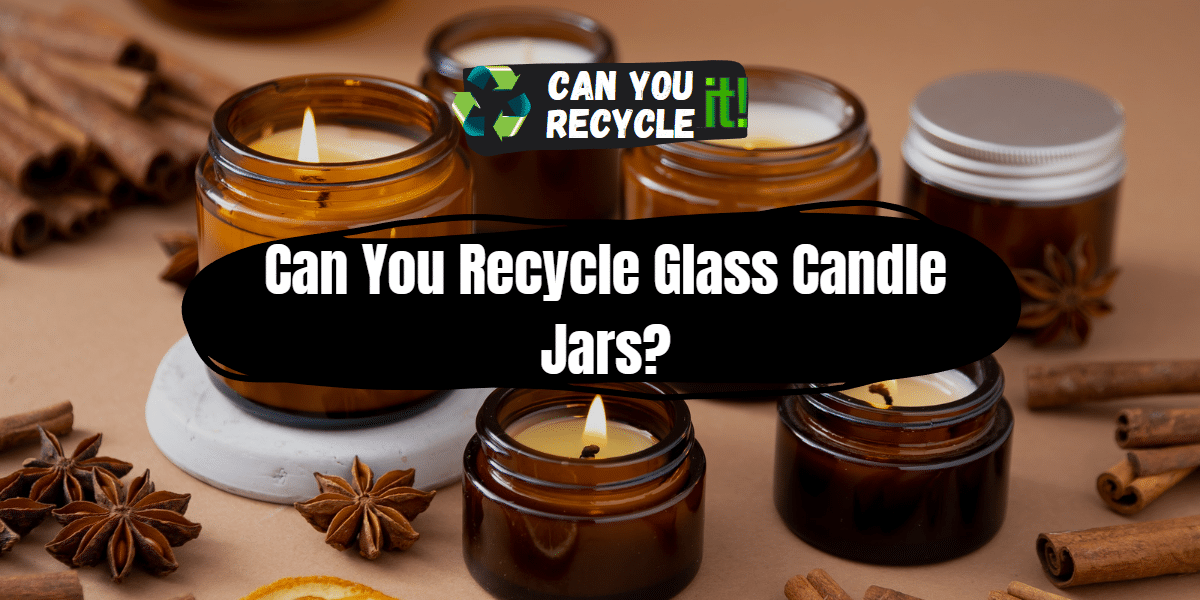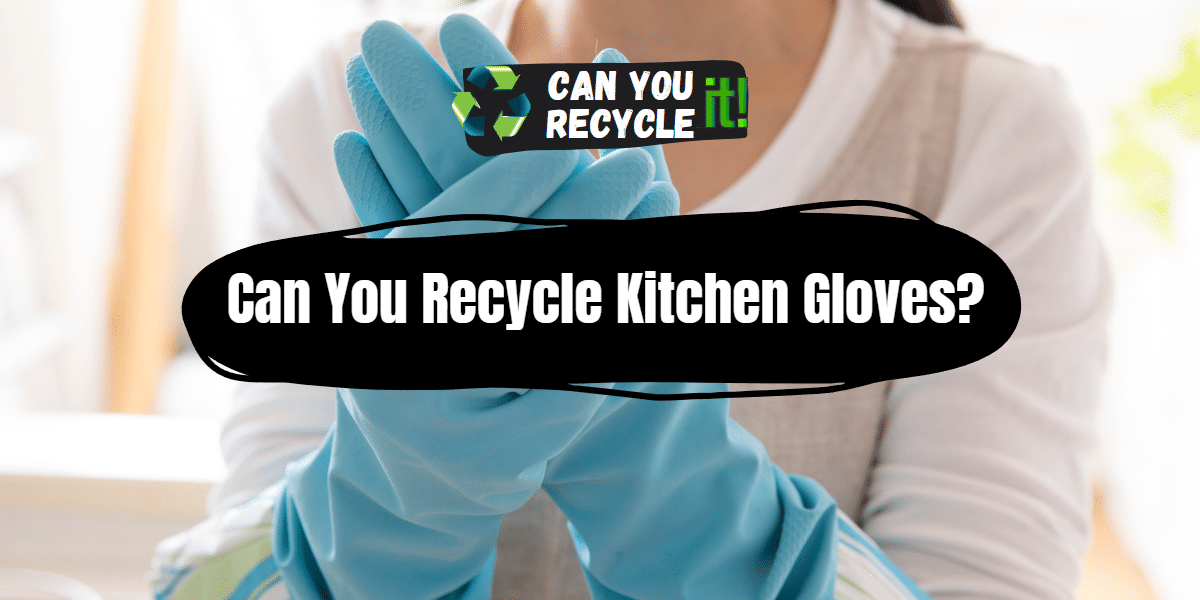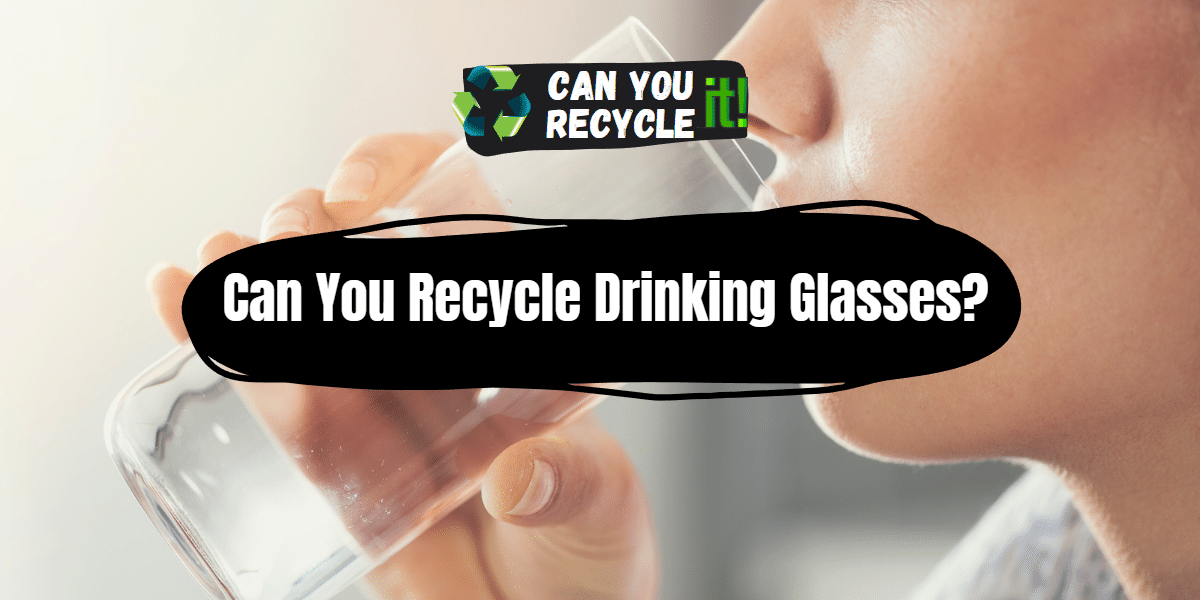Yes, cardboard is highly recyclable and is actively encouraged to be recycled. Cardboard recycling not only helps conserve resources but also reduces the amount of waste sent to landfills.
However, following proper guidelines and ensuring the cardboard is free from contaminants for successful recycling is essential.
Recycling has become essential to sustainable living, and cardboard is one of the most commonly recycled materials. In this article, we will delve into the world of cardboard recycling, providing you with valuable information on dos and don’ts, a step-by-step guide, and insights into the environmental impact. So, let’s explore the possibilities of recycling cardboard and making a positive difference!
Table of Contents
Do’s and Don’ts
To ensure the effective recycling of cardboard, here are some dos and don’ts to keep in mind:
Dos
- Flatten and remove contaminants: Flatten cardboard boxes before recycling them to save space. Remove any plastic inserts, Styrofoam, or other non-cardboard elements to ensure purity.
- Separate different types of cardboard: Different types of cardboard, such as corrugated cardboard and paperboard, may have separate recycling processes. Separate them accordingly for optimal recycling.
- Reuse or repurpose: Before recycling, consider reusing or repurposing cardboard boxes. They can be handy for storage, arts and crafts projects, or even composting.
Don’ts
- Recycle wet or greasy cardboard: Wet or greasy cardboard cannot be effectively recycled. Contamination from liquids or food residues can hinder the recycling process.
- Include wax-coated cardboard: Cardboard treated with wax or other waterproof coatings is unsuitable for regular recycling. These coatings prevent effective recycling.
5-Step Guide to Recycle Cardboard
Follow these five simple steps to recycle cardboard effectively:
Step 1
Preparation – Flatten the cardboard boxes and remove any contaminants like plastic or Styrofoam inserts.
Step 2
Sorting – Separate different types of cardboard, such as corrugated cardboard and paperboard, to ensure proper recycling.
Step 3
Check local guidelines – Familiarize yourself with your local recycling guidelines. Some areas may have specific requirements or collection processes for cardboard recycling.
Step 4
Collection – Place the flattened and sorted cardboard in your designated recycling bin or take it to a local recycling center.
Step 5
Reuse or repurpose – Consider reusing or repurposing cardboard boxes before recycling. It can save resources and give them a new life.
What to Do with Cardboard That Cannot Be Recycled
While cardboard is highly recyclable, certain types may not be suitable for regular recycling. Here are some alternative options for cardboard that cannot be recycled:
- Reuse for storage: Use cardboard boxes for storage purposes. They can be handy for organizing items in your garage, attic, or closet.
- Composting: If the cardboard is clean and free from contaminants, you can shred it and add it to your compost pile. It acts as a carbon-rich “brown” material, helping to balance the compost.
- Donate or give away: Consider donating or giving away the cardboard boxes to someone who may find them useful. Local schools, community centers, or individuals who are moving can benefit from sturdy cardboard boxes.
Environmental Impact of Recycling Cardboard
Recycling cardboard has significant positive impacts on the environment:
- Conserves resources: Recycling cardboard reduces the need for virgin materials and saves trees. It helps conserve natural resources and minimizes deforestation.
- Reduces landfill waste: By recycling cardboard, we divert it from landfills, reducing the volume of waste and associated environmental pollution.
- Energy and water savings: Recycling cardboard consumes less energy and water compared to manufacturing new cardboard from raw materials. It contributes to energy conservation and reduces carbon emissions.
FAQs for Can You Recycle Cardboard
Can I recycle pizza boxes made of cardboard?
Pizza boxes made of clean cardboard can typically be recycled. However, if the boxes are soiled with food residue or grease, it’s best to discard them.
Can I recycle cardboard with tape on it?
Small amounts of tape on cardboard are generally acceptable for recycling. However, it’s best to remove excessive amounts of non-paper elements to ensure effective recycling.
Can glossy or shiny cardboard be recycled?
Glossy or shiny cardboard, such as those used in gift boxes or product packaging, may not be recyclable through regular recycling programs. Check with your local recycling facility for specific guidelines.
Conclusion and final thoughts 💭
Recycling cardboard is a simple yet impactful way to contribute to a more sustainable future. By following the dos and don’ts, understanding the recycling process, and exploring alternative uses for cardboard, we can make a significant difference. So, let’s embrace cardboard recycling and be part of the solution to a greener planet!





Leave a Reply